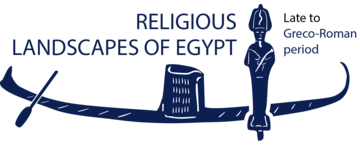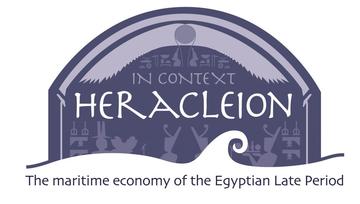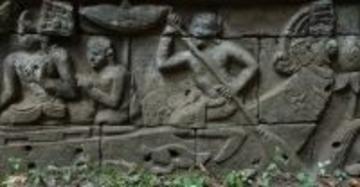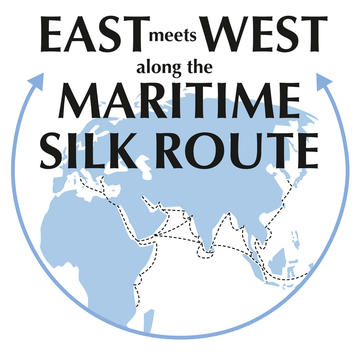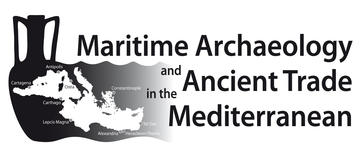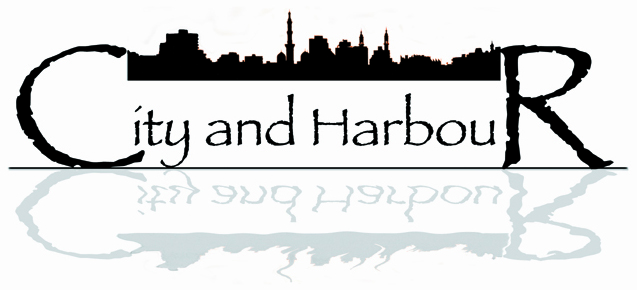Religious Landscapes of Egypt 16–18 February 2017. Museum Rietberg/University of Zurich
Far-reaching changes were happening in the religious life of Egypt during the latter part of its ancient history. From over the ‘Sea of the Greeks’ came foreign peoples, both as settlers and conquerors, bringing from their homelands their own gods and ritual practices. The meetings between Egyptians and incomers ushered in a dynamic period of accommodation and creative (mis)understanding as communities sought to negotiate their place within the new social and religious world or to stand apart from it. This conference investigated how these various processes played out across Egypt’s religious landscapes in texts, buildings and material culture. Papers examined how change happened and the extent to which it diverged from traditional Egyptian practices through an investigation of religious thought and performance, from the construction of temples to the deposition of objects. They confronted the spectrum of developing responses in the cities and towns of Egypt from the early parallel lives of Egyptians and Greeks at Thonis-Heracleion to the later synchronicity of the god Serapis and the construction of temples to venerate divine Roman emperors and celebrate the Imperial Cult. Finally, it assessed the coming of Christianity and the sweeping away of the former pagan religious landscape.
